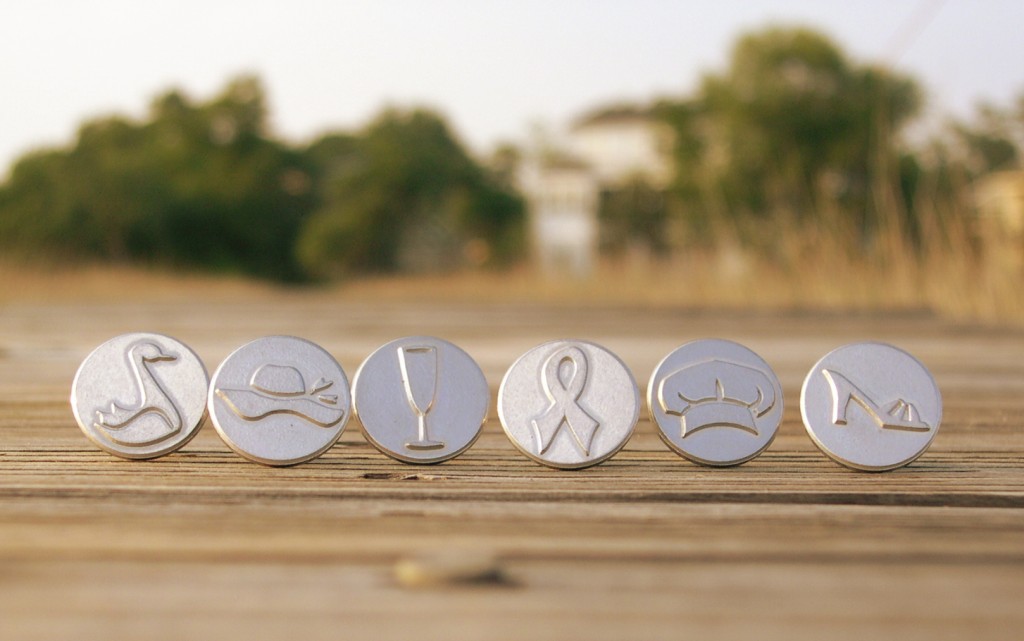We are not only delighted, but we are also extremely honored to introduce our In Her Words guest blogger for today, Debbie Woodbury. As a cancer survivor, blogger, speaker, and advocate, Debbie has become an inspiration to all women—no matter their age or health history. In our interview with Debbie, she talks about her amazing blog, Where We Go Now, and discusses the benefits she, as well as her loyal readers, receive from reading her blog.
See below for our exclusive interview with Debbie:
1. Where We Go Now is a completely unique blog that acts like a community and resource for women. Who is Where We Go Now for and what benefits do you hope readers get from visiting your blog?
Thank you so much for inviting me to lend my voice to In Her Words. WhereWeGoNow.com was created for cancer survivors exploring the gifts and losses of life beyond cancer. The idea for the site came from my own journey. About nine months after my mastectomy, I startled to realize I was keeping a tally in my head of the changes cancer was bringing me. Although I was excruciatingly aware of the losses, I was begrudgingly recognizing gifts. When I could ignore the gifts no longer, I decided to write them down side by side with the losses.
The losses were obvious, but there were a surprising number of gifts. Introspection, closer relationships, discovering yoga and meditation, making new friends, becoming aware of the present moment, learning to say “yes” to myself, and writing—just to name a few.
That list is now the heart of WhereWeGoNow.com. We’ve all taken major, earth-shattering losses, but I hope readers visiting WhereWeGoNow.com are inspired to recognize cancer’s gifts in their own lives. The most beautiful entries readers have posted are found at the Community Gifts and Losses List page. My Gifts and Losses List helped me find emotional healing and balance after cancer and I hope readers visiting WhereWeGoNow.com receive the same benefit.
2. What benefits do you receive from blogging about your life after cancer? (i.e. clarity, joy in helping others, etc.)
With each blog post I write, I still manage to surprise myself by writing down a thought I didn’t know I had until it hit the screen. Blogging brings me a deeper understanding of what I went through, and continue to experience, because of cancer.
Blogging also taught me that survivorship is a multi-faceted, life-long journey. I’ve blogged about my “beautiful,” eloquent cancer scars; yoga; how giving back to others helped me heal from cancer depression; awful summers and moving beyond them; my first survivors’ walk, the best thing anyone ever said to me about my cancer, and so much more.
Of all the posts I’ve written so far, however, I probably learned the most from the one I wrote about gratitude. I learned in writing that post, which I also gave as a speech, that I never would have recognized cancer’s gifts without gratitude, cancer’s first and most important gift to me.
The most wonderful part of blogging is getting comments back from my readers. It’s so gratifying to know my experiences have struck a chord with other survivors and perhaps made a difference in how they approach their survivorship. I will never say that cancer itself is a gift, because it is not. But recognizing the gifts it brought and continues to bring into my life is very healing for me.
Stay tuned for Part II of our interview with Debbie, which will publish this Wednesday, August 10!
About Debbie Woodbury:
Debbie Woodbury is a cancer survivor, blogger, speaker, and advocate. She entered the diagnostic and treatment phases of breast cancer in 2008. When she completed treatment in 2009, she was left to deal with cancer’s emotional impact. With the support of family, friends, and wonderful oncology therapists, she was able to create her Gifts and Losses List and eventually realize that “Survival > Existence.” The Gifts and Losses List became the heart of WhereWeGoNow.com, a community of survivors sharing the gifts and losses of lives lived beyond cancer.
Connect with Debbie on Twitter and Facebook.
















